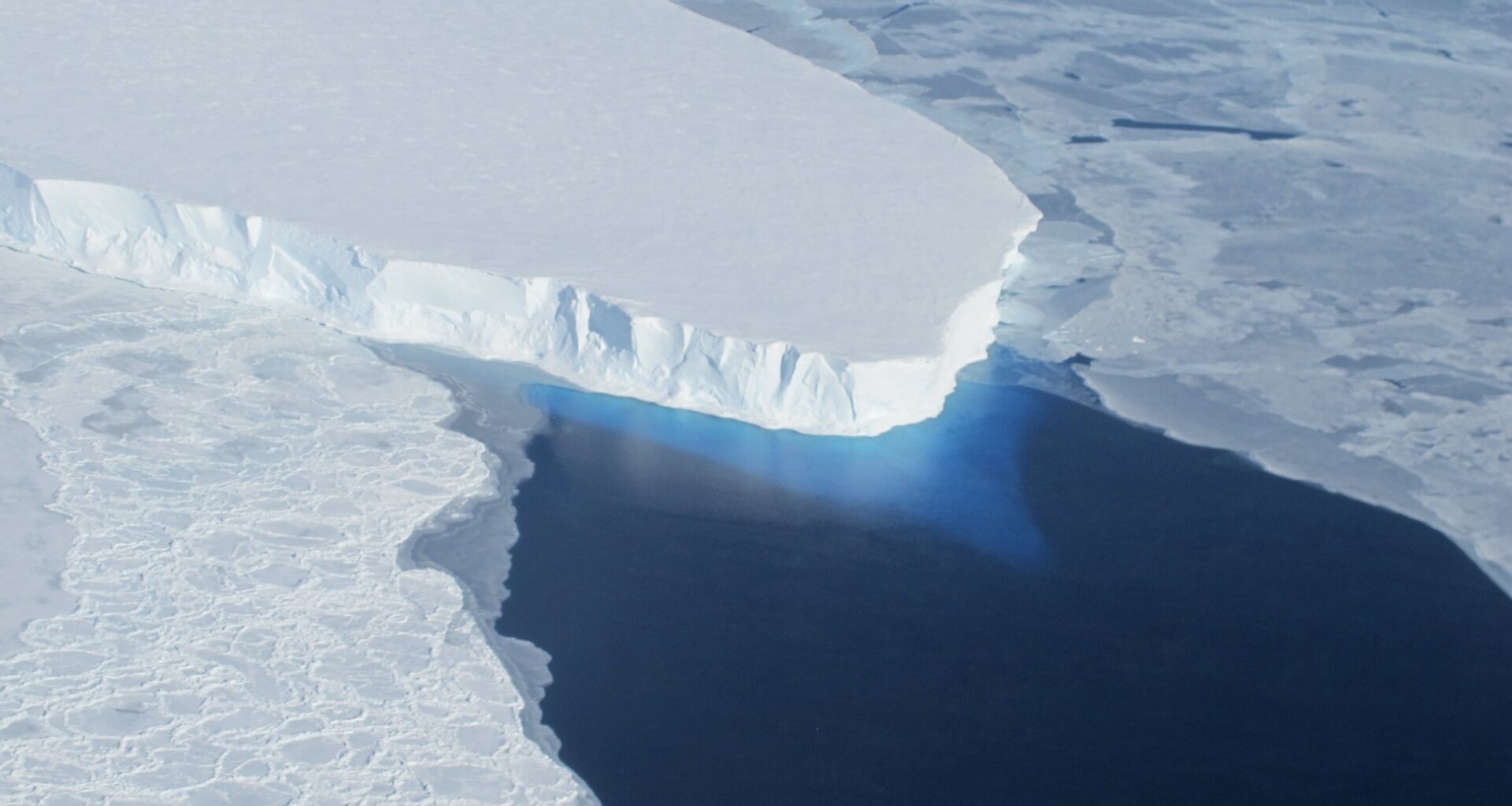An Antarctic glacier roughly the size of Florida may be even more vulnerable to warming ocean waters than previously thought.
Thwaites glacier is already shrinking by about 50 billion tons of ice each year. Its melting causes about 4% of global sea level rise.
Rignot: “It’s a fragile part of West Antarctica … where we see the most drastic glacier retreat at present.”
Eric Rignot is at the University of California, Irvine. In a recent study, his team analyzed new satellite data that shows that during high tides, ocean water gets pushed under the glacier into cavities between the ice and the seafloor beneath it.
Rignot: “And to our surprise, we saw this seawater intrusion propagating many, many kilometers inland of where we thought it would go.”
He says that means that the water comes into direct contact with a larger amount of the glacier than previously thought.
And each degree of ocean warming could cause more melting – and more sea level rise – than scientists estimated.
But he says there’s still time for the world to take ambitious climate action to limit global warming and slow glacial retreat.
Rignot: “The future of the planet in our hands. … It’s up to us.”
Reporting credit: Sarah Kennedy / ChavoBart Digital Media
We help millions of people understand climate change and what to do about it. Help us reach even more people like you.
